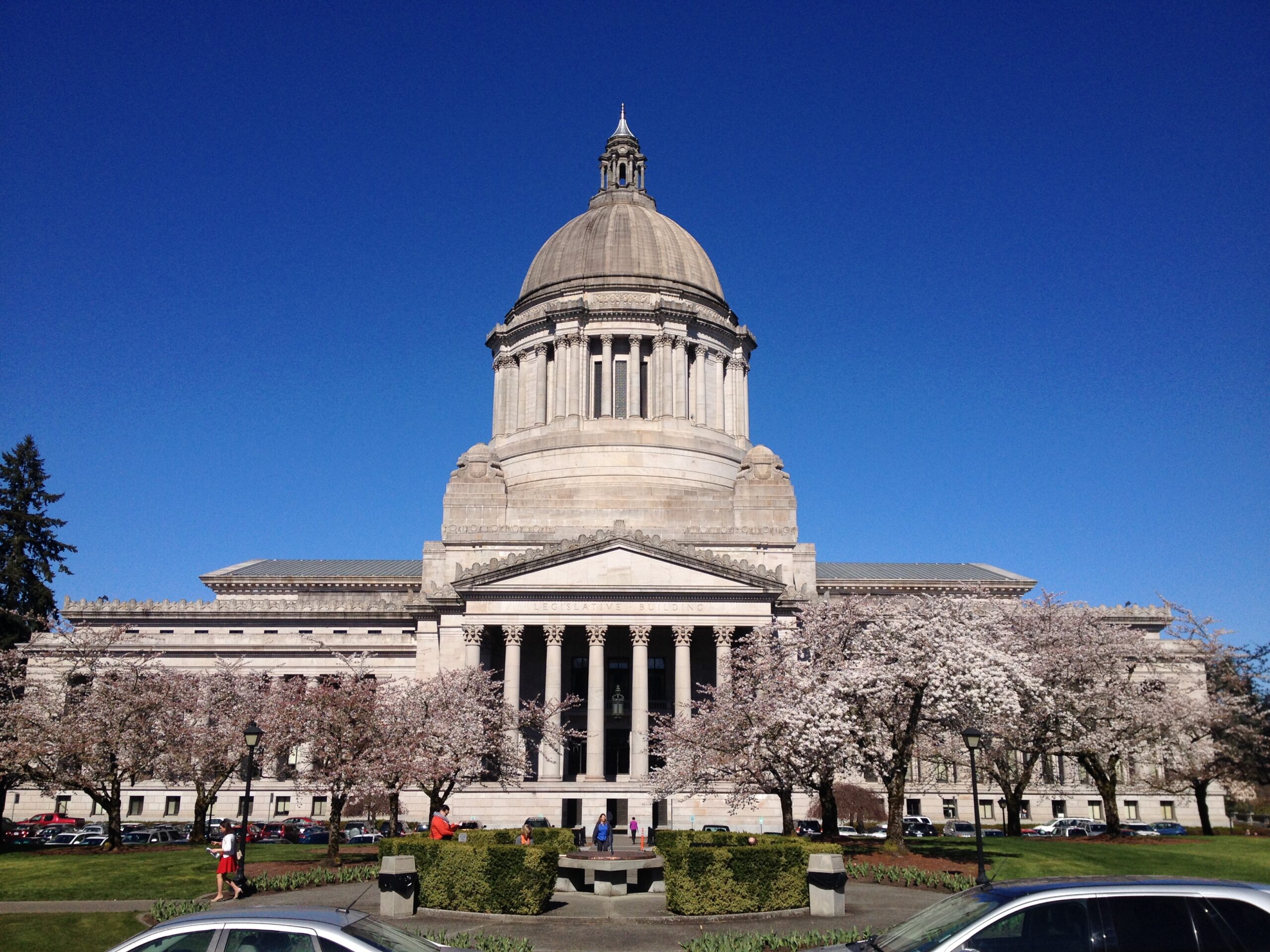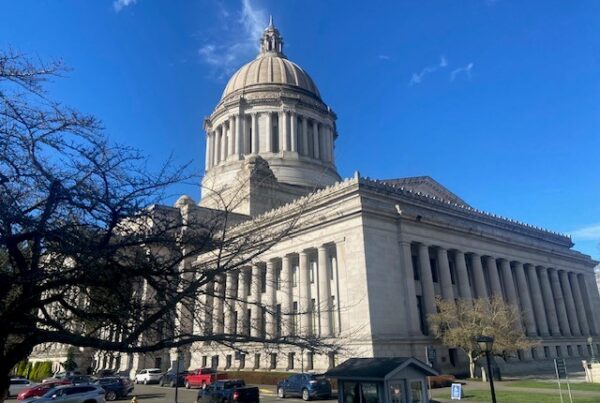
Although food insecurity continues to trend high, our collective ability to make significant progress toward ending hunger is substantial, real, and measurable in months and years, not decades. Importantly, the systems and programmatic changes designed to end hunger are potentially enduring. How does that translate? It means that hunger and food insecurity, which is an unnecessary reality in the United States, can realistically be eliminated as a condition that too many people face.
Before you cry “Pollyanna,” know that the policy interventions needed are proven effective and, to a degree, already in place. Yet, the true efficacy of the hunger safety net has yet to be fully realized. Optimize the safety net alongside related food systems, and boom – problem squashed.
That may be a tad oversimplified, but what’s different today is that a focal point has been achieved in terms of approaching food security as a national strategy. The confluence of events bringing us to this point include: the development and resulting expression of government and charitable hunger relief – up until the start of the pandemic (what we did), the response that was revealed over the course of the pandemic (what we did more and differently), and what we are capable of doing to improve (what we want).
In September, the White House Conference on Hunger, Nutrition, and Health synthesized a great deal of the nation’s wisdom on what ultimately can be viewed as a formula of policy interventions leading to an end to hunger. A companion exercise was led by Feeding America and yielded an exhaustive and precise path of policy recommendations. Food Lifeline is on the leading edge of this movement, too. But with a local, close to the ground lens from which to inform expertise and draw conclusions, pointing to our own theory of change.
Thankfully, while independently made, all these plans are aligned. They embody similar themes, areas of emphasis, and key pillars that simply need to be stitched together. To be clear, we are entering a new era, one filled with exciting possibility. The magic is made visible in how we work together, aligning our individual efforts with the arc of the larger strategy.
Ultimately, this moment calls for us to master the ability to thread local, regional, state, and national efforts into one. Reforming our thinking, sequencing what we do, fixing things, and building things. Work that was spread out or diffuse, needs to be concerted and reinforcing, if we are to get to our goal by 2030.
So, we have a road map, and like any map, many roads to travel. And what all these strategies need, but are yet to explicitly state, is the plan for advocacy that will embolden the political will, so that we can act as a nation in unison to end hunger. Imagine, the strength and agency of our country without hunger.
You are motivated to join this movement, and here’s a way to start: Act to end hunger, vote to end hunger, educate to end hunger, and speak up to end hunger. The closer politics is to you, the more responsive it will be. Start locally and start asking questions. We did. We asked candidates what they would do to end hunger if elected to office. See what they said here).
Special thanks to our Director of Advocacy & Public Policy, Aaron Czyzewski, for lending his knowledge and expertise in authoring this post.







